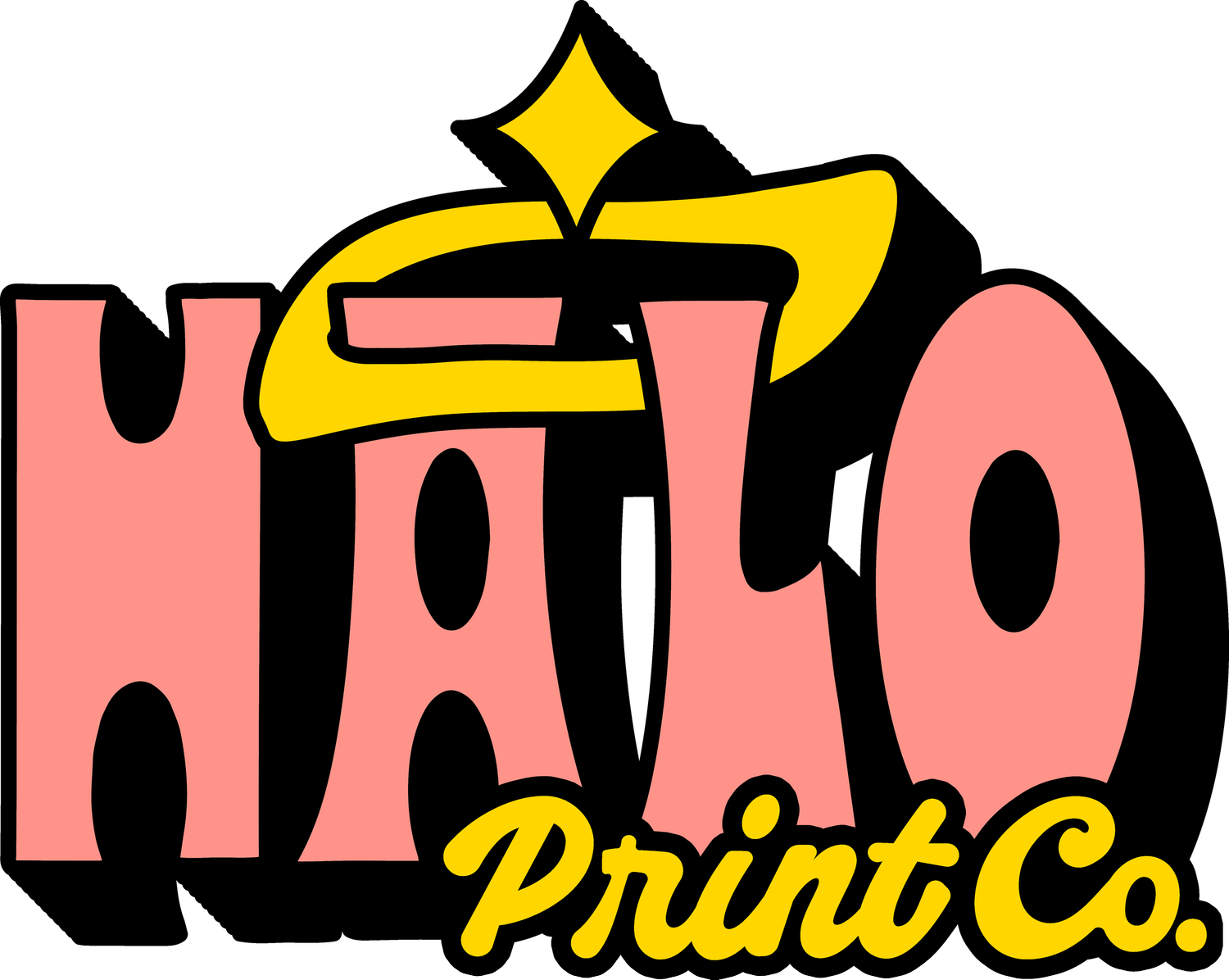Photo T-shirt Printing Explained: Methods, Tips, and Care
Custom T-shirts have become one of the most popular ways to showcase creativity, celebrate special moments, or promote a brand. Among the many design options, one of the most personal and eye-catching choices is printing a photo on a T-shirt. Whether it’s a family picture, a pet portrait, or a memorable holiday snap, turning a photo into wearable art makes for a unique gift or marketing tool.
In this guide, we’ll explore how to print a photo on a T-shirt, which printing methods work best, and how to ensure your image comes out crisp, vibrant, and long-lasting.
Why Print a Photo on a T-shirt?
There are countless reasons why people choose to print photographs on clothing:
Personal gifts – Custom photo T-shirts make thoughtful, one-of-a-kind presents for birthdays, anniversaries, or Father’s/Mother’s Day.
Memorable events – Think hen and stag parties, milestone birthdays, or family reunions where matching photo T-shirts add a fun touch.
Business branding – A branded T-shirt with a high-quality image can act as walking advertising for your company or event.
Creative expression – Artists and photographers often print their work on T-shirts to showcase and sell their designs.
Best Methods for Printing a Photo on a T-shirt
Not every printing technique handles photographs well. Some methods are better suited for simple logos or bold text, while others excel at detailed, full-colour images.
1. Direct-to-Garment (DTG) Printing
DTG is one of the most popular options for printing photos on T-shirts. It works much like an inkjet printer, spraying the ink directly onto the fabric.
Advantages:
Produces detailed, high-resolution images
Handles gradients, shadows, and full-colour photos easily
No minimum order — ideal for one-off prints
Best for: Small runs, photo-realistic designs, or when you want the photograph to look exactly like the original.
2. Direct-to-Film (DTF) Transfers
DTF printing involves printing your photo onto a transfer film, then heat-pressing it onto the fabric.
Advantages:
Crisp, vibrant colours
Works on a wide range of fabrics (cotton, polyester, blends)
Very durable and resistant to cracking or fading
Best for: Printing photos on different garment types and ensuring long-lasting wear.
3. Sublimation Printing
Sublimation uses heat to transfer dye onto polyester fabrics. The ink becomes part of the fibres, resulting in a smooth and vibrant finish.
Advantages:
No cracking or peeling - the photo becomes part of the shirt
Lightweight, breathable feel
Excellent for all-over photo prints
Best for: 100% polyester or polyester-blend T-shirts; not suitable for cotton.
4. Heat Transfer Vinyl (HTV)
HTV involves printing the photo onto special vinyl that’s then heat-pressed onto the fabric.
Advantages:
Great for simple photo prints
Affordable option for small runs
Limitations:
Less detail than DTG or DTF
Can feel heavy on the shirt
May peel or crack over time
Choosing the Right T-shirt for Photo Printing
The garment you choose is just as important as the printing method.
Fabric type: Cotton works well with DTG and DTF. Polyester is best for sublimation.
Colour of shirt: Photos often look best on white or light-coloured T-shirts, though DTF can handle darker fabrics well.
Quality: A higher-quality shirt ensures the print looks better and lasts longer.
Preparing Your Photo for T-shirt Printing
To achieve the best results, your photo needs to be print-ready. Here’s how to prepare:
High resolution – Use an image of at least 300 DPI. Low-quality photos may look pixelated or blurry on fabric.
Lighting and contrast – Bright, well-lit photos print better than dark or shadow-heavy images.
File format – PNG or TIFF is preferred for high quality. JPEGs work but may compress detail.
Editing – Consider cropping, adjusting brightness, or removing backgrounds for a cleaner look.
If you’re unsure, we can help optimise your photo for the best possible outcome.
How Long Does a Photo Print Last on a T-shirt?
Durability depends on the printing method, garment quality, and how you care for the shirt. Generally:
DTF and embroidery offer the longest-lasting results.
DTG prints can last for dozens of washes if cared for properly.
Sublimation never fades, but only works on polyester.
Washing Tips for Longevity:
Turn shirts inside out before washing
Use cold water and mild detergent
Avoid tumble-drying on high heat
Do not iron directly on the print
DIY vs Professional Photo Printing
There are at-home kits for printing photos on T-shirts, often using transfer paper and an iron. While fun for quick DIY projects, these prints usually don’t last long and may peel or crack after a few washes.
Professional printers, on the other hand, use advanced techniques like DTG, DTF, or sublimation, ensuring a vibrant, durable finish that truly does justice to your photo.
Printing a Photo on a T-shirt in Sydney with Halo Print Co
At Halo Print Co, we specialise in turning your photos into wearable art. Whether you want one T-shirt for a special occasion or a bulk order for an event, we offer:
DTG printing for crisp, photo-quality results
DTF transfers for durability on a variety of fabrics
Sublimation for all-over prints on polyester garments
Design support to prepare your photo for the best outcome
With same-day and express printing in Sydney, we make sure your personalised photo T-shirt is ready when you need it. Backed by over 400+ five-star reviews, we’re trusted by businesses, artists, and individuals across Sydney.
Final Thoughts
Printing a photo on a T-shirt is a brilliant way to capture memories, create unique gifts, or promote your brand in a personal, eye-catching way.
By choosing the right printing method, preparing your image carefully, and working with professionals, you’ll end up with a custom T-shirt you’ll be proud to wear or share.

